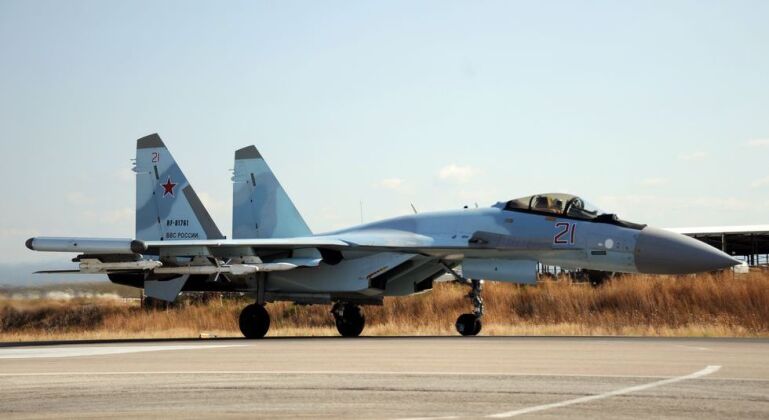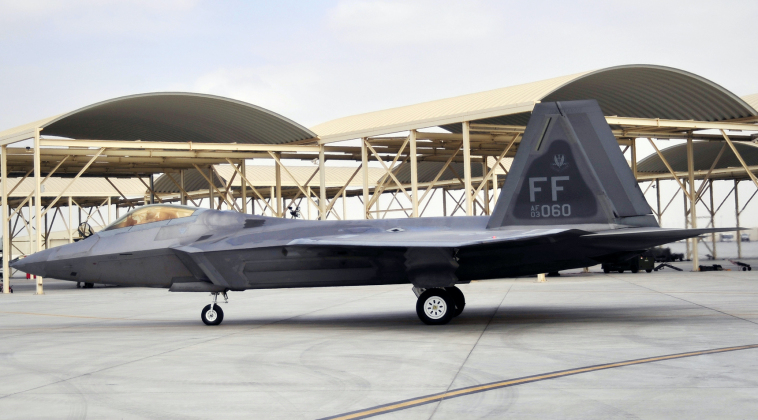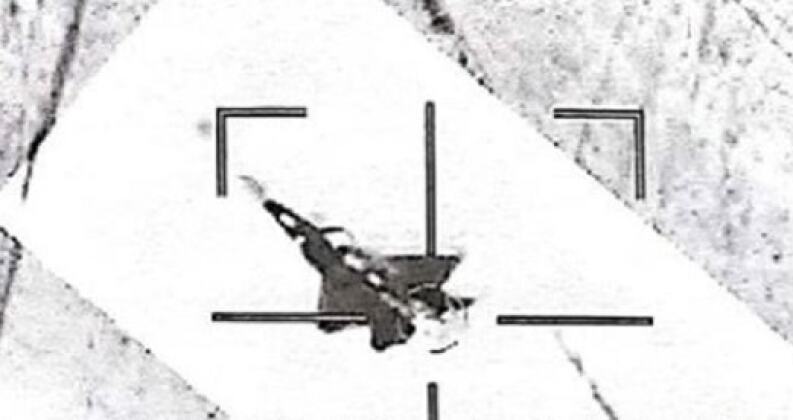Tensions in the theater have been escalating amid multiple incidents involving Russian and U.S. forces in Syria, the latest being three Russian Air Force Su-35S Flanker air superiority fighters conducting an aggressive attack near three U.S. Air Force MQs on July 5 exercise. -9 Reaper attack drones. The fighter jets reportedly dropped parachute flares in the drone’s flight path, just the latest in a string of incidents in which Russian fighter jets have attempted to disrupt U.S. drone flights. In a notable previous case, a Russian Su-27 Flanker, which uses the same basic high-mobility airframe design as the Su-35, conducted a similar mission in March near an MQ-9 drone near Crimea in Eastern Europe. The maneuver caused the drone to crash. Regarding the latest incident, Lieutenant General Alex Grinkevich, commander of the U.S. Air Force Central Command, commented on July 5 that the “Flanker” aircraft “made unsafe and unprofessional actions when interacting with U.S. aircraft in Syria.” behavior”, “three Russian fighter jets began to harass” the drone… forcing our aircraft to perform evasive maneuvers. The Russian Ministry of Defense responded that the interception of the U.S. drone was in response to the violation of the deconfliction mechanism by the two armies in Syria, saying: related to flight. “

In early June, Russia began accusing U.S. aircraft more frequently of penetrating into restricted areas of Syrian airspace, leading the U.S. Air Force to deploy two F-22 fifth-generation fighter jets to the United Arab Emirates on June 14. The main base of operations in the Middle East is within targeted range in Syria. Inside. The specific purpose of the deployment is to deter Russian forces in Syria. The Russian air force itself began exercises with the Syrian air force on July 6 to train on “the issue of Syrian airspace control” and repel foreign aircraft incursions. The Su-35 was deployed to Syria for the first time specifically to counter the potential threat of NATO aircraft to Russian theater counter-insurgency operations, having made its debut in the country in early 2016, less than two years after joining the air force. They are the first Russian fighter units to be armed with the new R-77-1 air-to-air missiles.

The Su-35 is a “4++ generation” fighter that lacks the advanced stealth capabilities of the F-22, although as a new aircraft developed a decade later it has many significant performance advantages. These include its endurance, weapon payload, air-to-air engagement range, maneuverability, use of triple radar and infrared sensors compared to the Raptor’s single radar, and perhaps most importantly its high off-axis targeting capability, enabling it to Engage targets at extreme angles within visual range. The last feature is that the F-22 is the only American fighter that all models lack. Over Syria, the Su-35 will also benefit from sensor data shared with Syrian and Russian air defense networks, including the S-400 and S-300V4 systems optimized for tracking stealth aircraft. The Su-35’s advantage is more pronounced in the air-to-ground domain, while the F-22’s capabilities are the most limited of all 21st century fighter classes due to lack of compatibility with any missile class or large diameter bombs. Although Russian fighter jet radars are considered less advanced than those on the latest Chinese and American aircraft, its aircraft are still considered world leaders in infrared search and track systems, and images show the Su-35 using infrared sensors to track the F -22 was released in the past.

Ongoing hostilities between NATO and Russia in Ukraine, which include the deployment of large numbers of Western troops to perform a variety of tasks alongside the Ukrainian armed forces, from combat to logistical, have made Syria a second front in tension between Moscow’s military and Ukrainian armed forces. Western group. Russian and U.S. militaries have been on opposite sides of the conflict in the Arab state since 2015, when the Russian military launched a massive operation in support of the Syrian government’s counter-insurgency efforts against militant groups that are supported by NATO members, mainly the U.S. Active support from France, Great Britain and Turkey. With the insurgents largely defeated, they now operate only in enclaves near the Turkish and Iraqi borders, protected by Turkish and American troops respectively. While the presence of Russian troops is condoned by the Syrian government, the military presence of the US, Turkey and their allies is considered illegal because they are not authorized by the UN Security Council or Damascus, the only country that can legalize military action parties. presence on Syrian territory. The United States has faced growing international criticism for extracting and selling Syrian oil to finance its occupation of the country’s oil-rich northeast, which scholars of international politics and law have generally compared to looting, a serious war crime.

